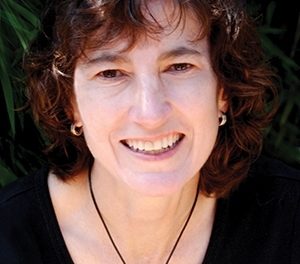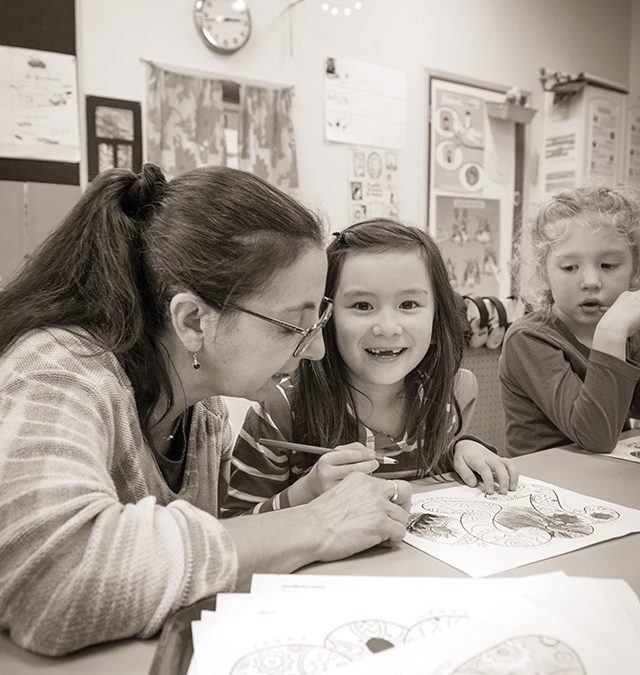People use food to tell their stories. Sometimes the storytelling is more important than the food.
Many East Bay residents, like many other Americans, will gather with family and friends over food and drink this month. As a constant worrywart, I get a little stressed out over remembering everyone’s dietary constraints and food preferences whenever we’re hosting a get-together or invited to a potluck. I’m not much of a chef either, but somehow the dinners, barbecues, or breakfasts always wind up fine, and I do like a good reason to use my grandmother’s China and my mother’s crystal.
What I’ve come to understand is that what’s on the plate doesn’t matter so much. It’s the sharing of food, the conversation, the connections made during and over the meal that do. True friends will overlook the lasagne that’s maybe a tad dried out and eat uncomplainingly around an ingredient I’ve forgotten they can’t tolerate. Guests will still eat my pie with the too-crisped crust, and they don’t get too worked up over canned whipped cream instead of hand-whipped cream.
In this month’s food and drink issue, Anna Mindess met up with Willow Blish, chapter leader of Slow Food East Bay. Blish has been hosting Slow Food’s Celebrating Cultural Food Traditions Project, and Mindess popped into one in early fall that featured three Vietnamese chefs. She and the sold-out crowd ate favored recipes, from dumplings and fish cakes to banana flower salad and duck noodle soup, prepared by multi-generational chefs Tu David Phu, Denise Huynh, and Hai Lam.
Blish looks at food as an amazing way to gather people together, a means to connect the food makers to their story of migration and immigration with one another. The chefs at the event echoed the sentiment and shared personal stories about how their food connects them to their family and history.
“Conversations happen in the kitchen through food, because that’s the purest way to tell someone that you love them,” Phu told the audience, explaining more precisely, “‘Hey, I made this food with my hands for you.’ That inspired me to do the same in the community space.”
Perhaps now you, too, will find inspiration for sharing stories over food, perfect or not, in your own space.













